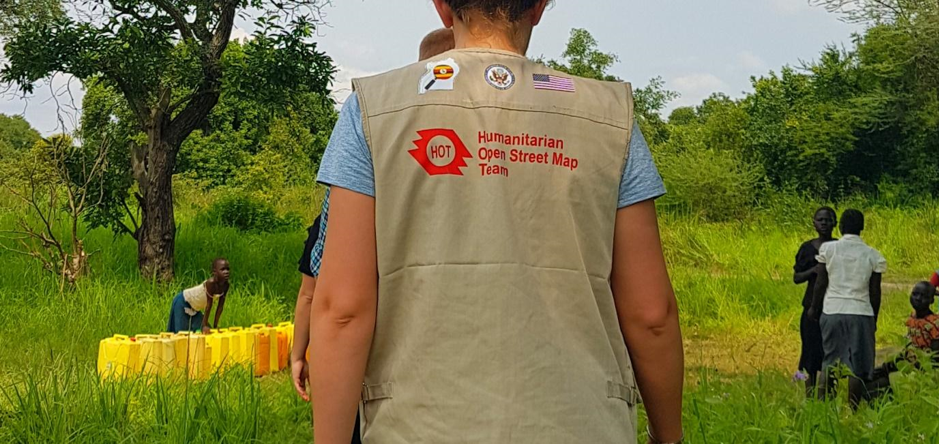In December 2013, a boy was playing in the hollow of a tree near his home in Meliandou, a remote village in the West African country of Guinea. The tree was home to a colony of bats that carried a virus – Ebola. Over the next two-and-a-half years, more than 28,600 cases of Ebola were reported, with 11,325 of those fatal.
Rapid-onset cases such as this put vulnerable communities at risk because aid agencies and authorities don't have the data they require. Not being able to find villages and settlements; not knowing where roads lead; and not being able to say with certainty where people may have encountered infected individuals hampered aid efforts. Although there are very few completely unmapped parts of the world, not all places have been mapped in the same level of detail. The need for accurate data is what drives the work of the Humanitarian OpenStreetMap Team, a Microsoft AI for Humanitarian Action program grantee.
Read More at Microsoft On The Issues.
More For You
Nearly four years into Russia's invasion of Ukraine, the push to end the war is intensifying. The past few weeks produced not one but two proposals.
Most Popular
The AI economy takes shape
What’s Good Wednesdays™, December 3, 2025
Walmart's $350 billion commitment to American jobs
Ian Bremmer breaks down why the latest Russia-Ukraine “peace push” is headed back to Moscow and why the outlook is bleak.
There are close presidential races, and then there’s the one in Honduras, where just 515 votes separate the top two candidates following Sunday’s election in the Central American nation.
